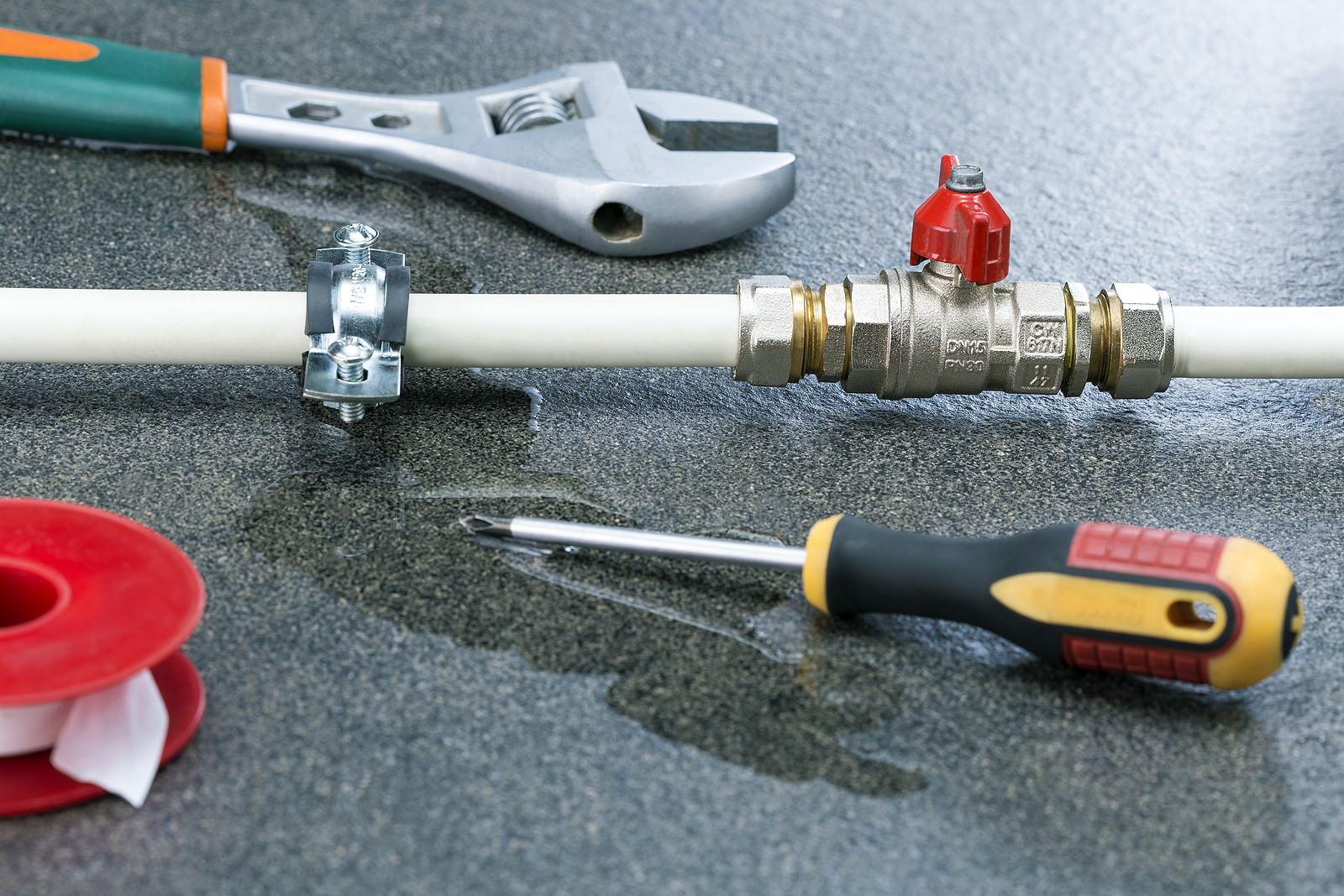6 Ways to Locate Concealed Water Leakages in Your Home
6 Ways to Locate Concealed Water Leakages in Your Home
Blog Article
We have come across this great article relating to Top leak detection hacks directly below on the internet and concluded it made good sense to relate it with you on this page.

Early discovery of dripping water lines can reduce a possible disaster. Aside from conserving you cash, it will certainly minimize the stress and aggravation. The moment you locate a leak, calling your plumber for repair work is the best remedy. Some tiny water leaks might not be noticeable. Here are some hacks that assist if you can not identify it with your naked eyes.
1. Analyze the Water Meter
Every residence has a water meter. Checking it is a surefire manner in which helps you uncover leaks. For beginners, switch off all the water sources. Ensure no person will flush, use the faucet, shower, run the cleaning device or dishwasher. From there, most likely to the meter as well as watch if it will change. Because nobody is using it, there should be no activities. That shows a fast-moving leak if it moves. If you discover no adjustments, wait an hour or two and also examine back once more. This suggests you might have a slow-moving leak that might also be underground.
2. Check Water Usage
If you identify sudden modifications, in spite of your consumption being the very same, it suggests that you have leaks in your plumbing system. A sudden spike in your expense suggests a fast-moving leakage.
A steady increase every month, even with the exact same habits, shows you have a slow-moving leak that's also slowly rising. Call a plumber to thoroughly examine your building, particularly if you really feel a warm area on your floor with piping beneath.
3. Do a Food Coloring Examination
When it concerns water consumption, 30% comes from bathrooms. Test to see if they are running correctly. Decline specks of food color in the container and also wait 10 minutes. There's a leak in between the container and dish if the shade in some way infiltrates your dish throughout that time without flushing.
4. Asses Exterior Lines
Don't fail to remember to inspect your exterior water lines too. Examination faucets by attaching a garden hose pipe. Ought to water seep out of the link, you have a loosened rubber gasket. Change this and make certain all links are limited. It will certainly assist get it properly took a look at as well as kept annually if you've obtained a sprinkler system. One tiny leak can throw away tons of water and spike your water expense.
5. Evaluate the scenario and check
Home owners should make it a practice to inspect under the sink counters as well as also inside closets for any kind of bad odor or mold growth. These two warnings suggest a leakage so timely attention is needed. Doing routine examinations, also bi-annually, can conserve you from a major issue.
Much more importantly, if you understand your home is already old, keep a watchful eye on your heating systems, hoses, pipes and so on. Look for discolorations and damaging as most devices as well as pipelines have a life span. They will certainly additionally normally weaken because of tear and put on. Do not wait for it to escalate if you believe dripping water lines in your plumbing system. Call a specialist plumber today so you don't wind up with a dreadful mess in your house.
Early discovery of dripping water lines can reduce a potential disaster. Some tiny water leakages might not be visible. Examining it is a guaranteed way that aids you uncover leaks. One tiny leakage can waste loads of water and surge your water expense.
If you think dripping water lines in your plumbing system, do not wait for it to rise.
WARNING SIGNS OF WATER LEAKAGE BEHIND THE WALL
PERSISTENT MUSTY ODORS
As water slowly drips from a leaky pipe inside the wall, flooring and sheetrock stay damp and develop an odor similar to wet cardboard. It generates a musty smell that can help you find hidden leaks.
MOLD IN UNUSUAL AREAS
Mold usually grows in wet areas like kitchens, baths and laundry rooms. If you spot the stuff on walls or baseboards in other rooms of the house, it’s a good indicator of undetected water leaks.
STAINS THAT GROW
When mold thrives around a leaky pipe, it sometimes takes hold on the inside surface of the affected wall. A growing stain on otherwise clean sheetrock is often your sign of a hidden plumbing problem.
PEELING OR BUBBLING WALLPAPER / PAINT
This clue is easy to miss in rooms that don’t get much use. When you see wallpaper separating along seams or paint bubbling or flaking off the wall, blame sheetrock that stays wet because of an undetected leak.
BUCKLED CEILINGS AND STAINED FLOORS
If ceilings or floors in bathrooms, kitchens or laundry areas develop structural problems, don’t rule out constant damp inside the walls. Wet sheetrock can affect adjacent framing, flooring and ceilings.
https://www.servicemasterbyzaba.com/blog/how-to-detect-water-leakage-in-walls/

We had been brought to that article on Leaking water lines through a good friend on another site. Sharing is nice. Who knows, you might be doing someone a favor. Thank you so much for taking the time to read it.
Report this page